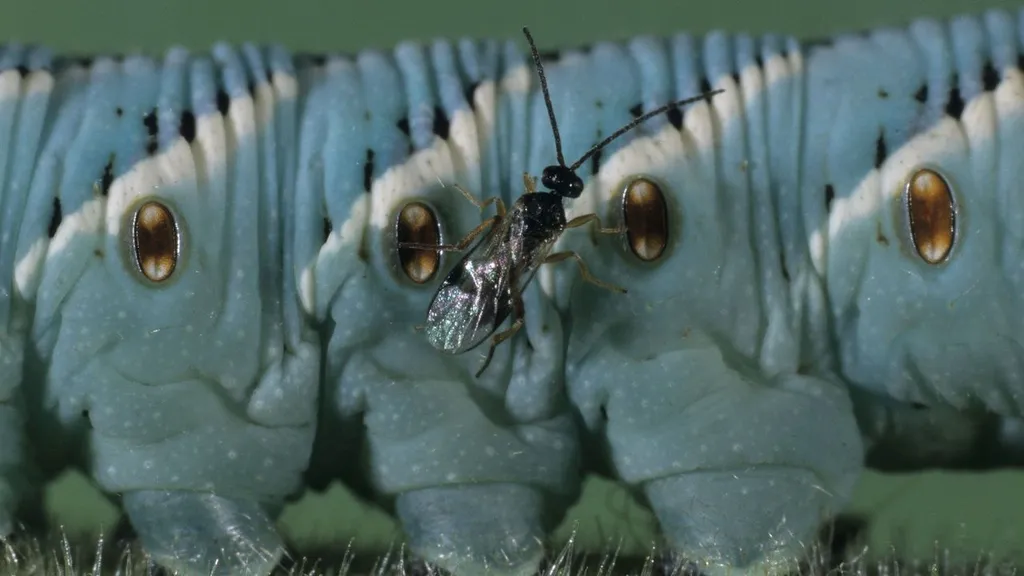In the realm of biological pest control, a tiny wasp named Anastatus japonicus is making waves, and new research is shedding light on its courtship and mating behaviors, potentially revolutionizing how we manage agricultural pests. This solitary egg endoparasitoid, which preys on hemipterous and lepidopterous pests, is at the center of a study led by Muhammad Yasir Ali from the MARA-CABI Joint Laboratory for Bio-safety at the Institute of Plant Protection, Chinese Academy of Agricultural Sciences.
The study, published in the journal *Scientific Reports* (which translates to “Nature Research Reports” in English), delves into the intricate dance of courtship and mating behaviors of A. japonicus. Understanding these behaviors is crucial for optimizing mass-rearing efficiency and enhancing pest control strategies.
“Our research provides novel insights into the mating dynamics of A. japonicus,” says Ali. “We found that younger wasps, particularly those less than 24 hours old, have a higher mating success rate. Additionally, females prefer to mate with virgin males over mated ones, and honey-fed males are more attractive to females compared to starved ones.”
The study revealed that females are monandrous, meaning they mate only once, while males are polygynous, mating with multiple females. This behavior is influenced by various factors, including age, body size, and the presence of hosts. The researchers also discovered that females produce more offspring and a higher proportion of female progeny as they age, with older females (10-30 days old) producing 11-14 offspring, compared to younger females (0-5 days old), who produce 5-10 offspring.
One of the most intriguing findings is the impact of male mating status on female progeny. Females that mated with already mated males produced a smaller proportion of female offspring, suggesting a possible sperm depletion effect. “This finding is significant because it highlights the importance of managing the mating status of males in mass-rearing programs to ensure a female-biased progeny production,” explains Ali.
The implications of this research are far-reaching. By understanding and optimizing the mating behaviors of A. japonicus, researchers can develop more efficient mass-rearing systems. This, in turn, can enhance the use of this parasitoid wasp in biological control programs, reducing the reliance on chemical pesticides and promoting more sustainable agricultural practices.
“Our goal is to develop a tailor-made large-scale rearing system for A. japonicus that maximizes mating success and female-biased progeny production,” says Ali. “This will not only improve mass-rearing efficiency but also fully utilize the reproductive potential of this beneficial wasp.”
As the agricultural industry continues to seek sustainable and effective pest control methods, the insights gained from this study could pave the way for innovative strategies that harness the natural behaviors of parasitoid wasps. By doing so, we can move towards a more integrated and environmentally friendly approach to pest management, benefiting both farmers and the ecosystem.

